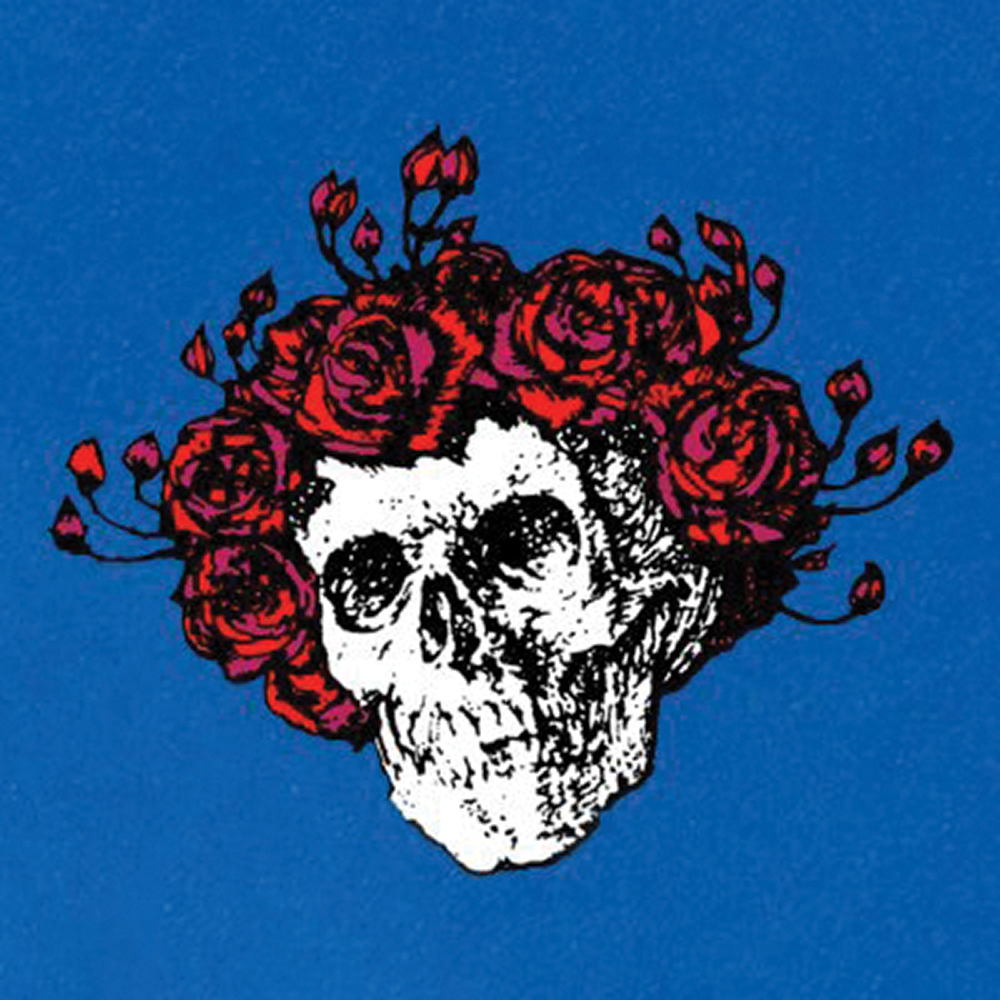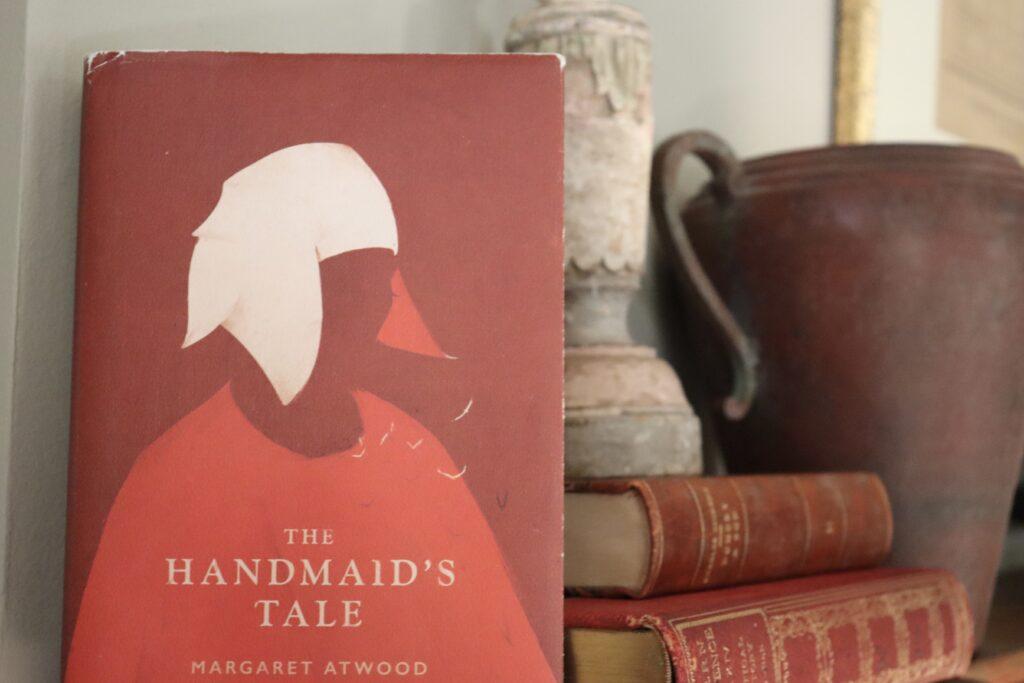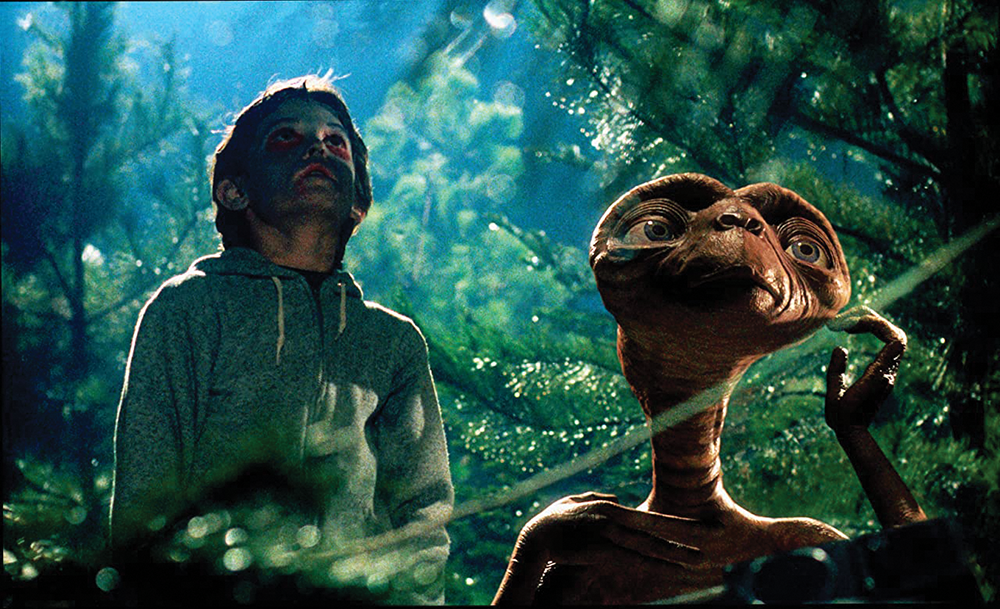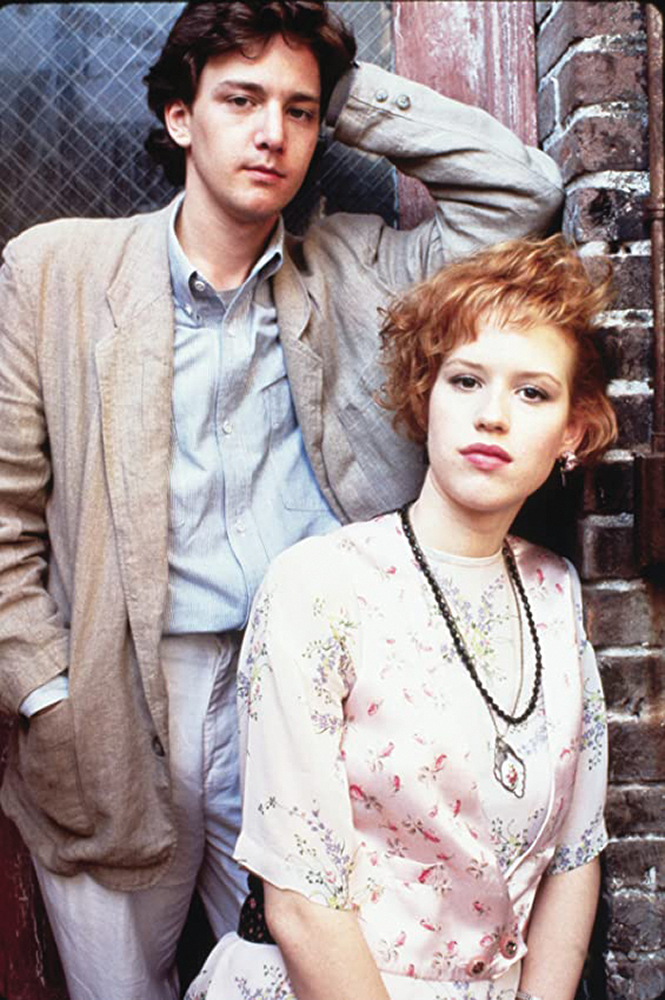★★★★★
San Francisco-based band Grateful Dead released their fifth album “American Beauty” in 1970, kicking off a decade of peasant blouses with protests, bell-bottom pants with bombings and godfathers with gasoline shortages. Amid the unprecedented chaos and ugliness of a nation torn by the Vietnam War, the band released an album that celebrated the resilience of the American spirit in the face of adversity.
The Grateful Dead have always maintained the “peace and love” message that pervaded the West Coast in 1965, when the band was formed in Palo Alto. Likely due to this spirit, few acts have reached the cult status the Dead enjoy. The band’s charming frontmen and acid-fueled live sets captivated California audiences in the late 1960s.
As the band reached greater acclaim and began playing more shows, devout fans of the group christened themselves Deadheads and became known for their cross-country pilgrimages following the band for months on end. Fans embraced a nomadic lifestyle and envisioned themselves as wandering monks trailing a group of prophets.
Primarily a live act, the band encouraged fans to make their own bootleg recordings of concerts to be traded among other fans. Though most Deadheads will tell you to forgo listening to the band’s studio work altogether in favor of recordings of live shows, 1970’s “American Beauty” serves as a perfect sampling platter of the Dead’s sound for new listeners unfamiliar with the blend of folk, rock, bluegrass, country and psychedelic influences on their sound.
Composed primarily by leading man Jerry Garcia and longtime songwriting collaborator Robert Hunter, the album also welcomed contributions from other members of the band. Contemporary acts like Bob Dylan, The Byrds and Crosby, Stills, Nash & Young who popularized folk and folk rock also greatly influenced the acoustic guitar-heavy direction of the album’s sound.
Bass guitarist Phil Lesh’s “Box of Rain,” a meditation on changing perspective during dark times, opens the album, kicking off the tracklist with a mellow but hopeful mood. Written while his father was dying of cancer, the lyrics articulate “tired and broken” people can “find direction / around some corner where it’s been waiting to meet” them through leaning on each other during the often unexplainable trials of life.
As well as including some of the most recognizable songs of the Grateful Dead’s discography, “American Beauty” served as a foundation for much of their later work, which continued to center Garcia and Weir’s guitar work. However, this album’s mostly acoustic production and more traditional approach to conventions of song structure represented a shift from the band’s roots in psychedelia, departing from its early days of playing impromptu sets under strobe lights at Ken Kesey’s Acid Tests under the influence of LSD. Elements such as folk harmonies and autobiographical and fictional narrative lyrics, which appear in “Workingman’s Dead,” a more stripped-down LP released only four months prior to “American Beauty,” recur in later projects.

Like “Box of Rain,” the album focuses on dark themes of guilt, loss and soul-searching. For example, “Friend of the Devil,” one of the band’s most iconic tracks, blends the winding storytelling of the Americana folk tradition with jangly bluegrass guitars. Garcia’s iconic “elfish” voice glitters as he croons a fable-like tale of a man attempting to evade a deal he made with the devil.
However, “American Beauty” is not all doom and gloom. Rhythm guitarist Bob Weir’s “Sugar Magnolia” is a bubbly track that balances out the subdued and somber tone of some of the other cuts on the album. The repetition of the lyric “sunshine daydream” perfectly captures the euphoria of the first beautiful day of the year, perhaps drawing on Shakespeare’s famous “Sonnet 18” to describe a fantasy lover, who is certainly “more lovely and more temperate.”
Grateful Dead’s attention to detail, poetic lyrics and acceptance of cultural taboos like psychedelic drugs all partially explain the group’s staying power. Yet, to truly understand what makes this band so special, one must inspect the artistic power music holds as a form of connection and communication. In this regard, the band’s uniquely compelling brand of storytelling informed by Americana mythologies shines in its ability to speak authentically to the listener.
From experimenting with myriad genres and lyrical styles to trailing off into 20-minute jam sessions in the middle of a song on tour, the Dead have always centered pushing the medium to its creative limits rather than manufacturing songs and albums as neatly packaged and marketable units. Their reverence for music as poetry, as prayer and as medicine continues to unite fans across regions and across generations.
The album closes by literally putting the band on the road in “Truckin’,” in which Weir and Garcia sing of their experiences on tour and their newfound fame. The lyrics capture the restlessness so integral to the era and the disillusionment that accompanies the realization that everyone has the same problems no matter where they go: “Chicago, New York, Detroit and it’s all on the same street!”
From the dreamlike freedom of movement across the American expanse to drug-fueled escapades in hotel rooms and speeding down endless highways, Garcia and the rest of the band capture the highs and lows of the experiences and desires of the common American, professing they are a uniquely American kind of beauty.
Whether or not the eclectic sound of the Dead appeals to every ear, any listener at the end of the album can concur with Garcia and Weir: “What a long, strange trip it’s been!”

















Donna Parente • Oct 30, 2022 at 11:13 am
I am a 55 year old woman and have always loved classic rock. I won’t consider myself a Dead Head but oh how I love them. As I listen to the Dead more and more every day, I am intrigued by the meanings behind the lyrics. I am forever GRATEFUL that they were a part of my journey, my present journey. While Jerry was still with us, I remember encouraging others to go to a show to hear Jerry first hand, to meet the “Dead Heads”, watch the spinners, and appreciate their gifts they shared with us…I miss Jerry, but he will forever hold a special place in my heart!! ✌️&❤️